Historic bad ideas that everyone fell for at the time
History is littered with ideas that seemed great at the time but turned out to be less than stellar. These “bad ideas” often provide us with a mix of amusement and cautionary tales.
From financial bubbles to ill-fated inventions, these missteps show how even the brightest minds can sometimes get things spectacularly wrong. They remind us that failure is often just a stepping stone to success and a source of endless fascination.
The Tulip Mania: A Blooming Disaster
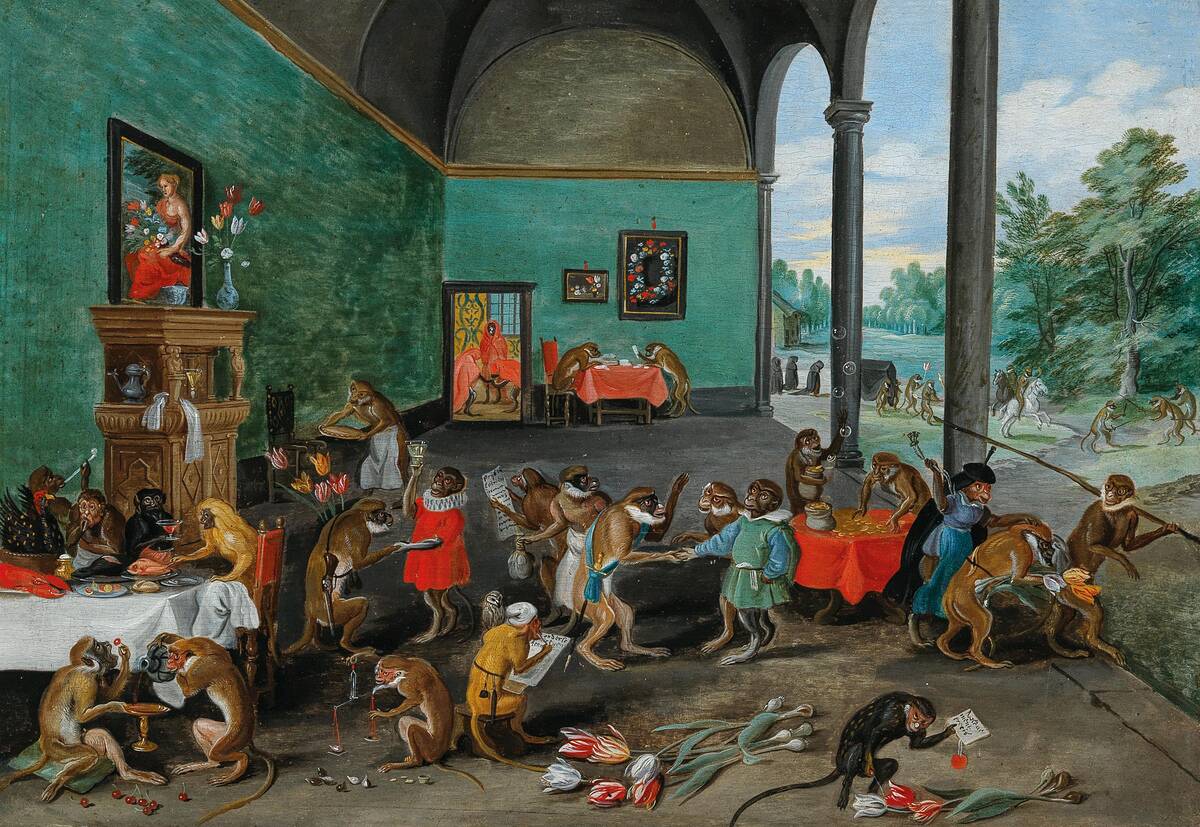
In the 1630s, the Dutch were gripped by Tulip Mania, one of the first recorded speculative bubbles. Tulip bulbs became so valuable that they were used as currency, with prices soaring to absurd heights.
At the peak, a single bulb could cost as much as a house. When the bubble burst, it left many in financial ruin. This event is often cited as a classic example of market excess and the dangers of speculative investments.
The Great Emu War: When Birds Outsmarted Humans

In 1932, Australia faced an unexpected foe: the emu. Farmers struggling with crop damage enlisted military help to combat these flightless birds. Armed soldiers with machine guns waged war on the emus, but the birds proved too elusive, and the campaign ended in failure.
The Great Emu War is a humorous reminder of nature’s resilience and the folly of underestimating wildlife, proving that sometimes, the underdog—or in this case, the under-bird—wins.
Prohibition: The Sobering Failure of the 1920s
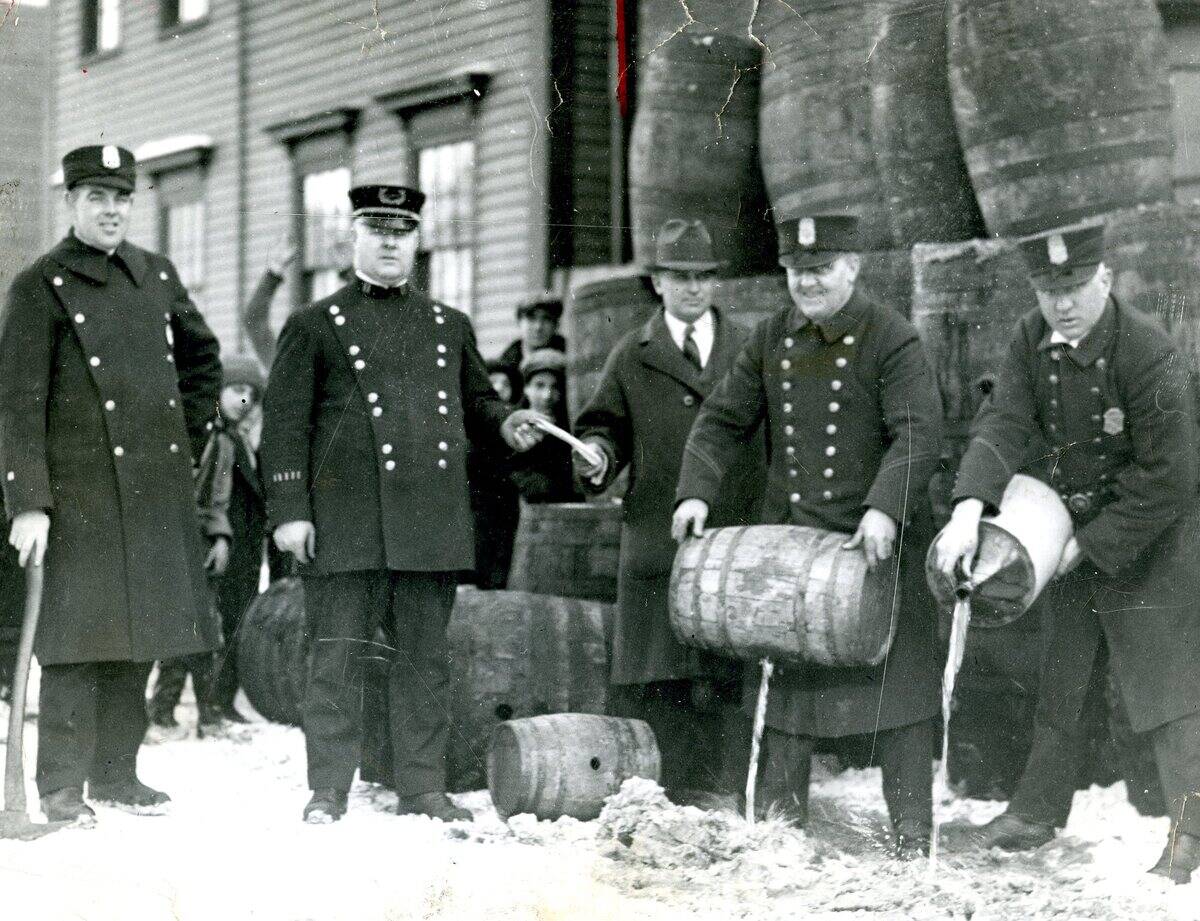
Prohibition in the United States, lasting from 1920 to 1933, was a nationwide constitutional ban on alcohol. Intended to reduce crime and improve health, it ironically led to the opposite. Speakeasies, bootlegging, and organized crime surged, with figures like Al Capone becoming infamous.
The law was largely unenforceable and unpopular, leading to its repeal. Prohibition is a classic example of a well-intentioned policy that backfired spectacularly, leaving a lasting impact on American society.
The Edsel: Ford’s Flop in the Automobile Industry
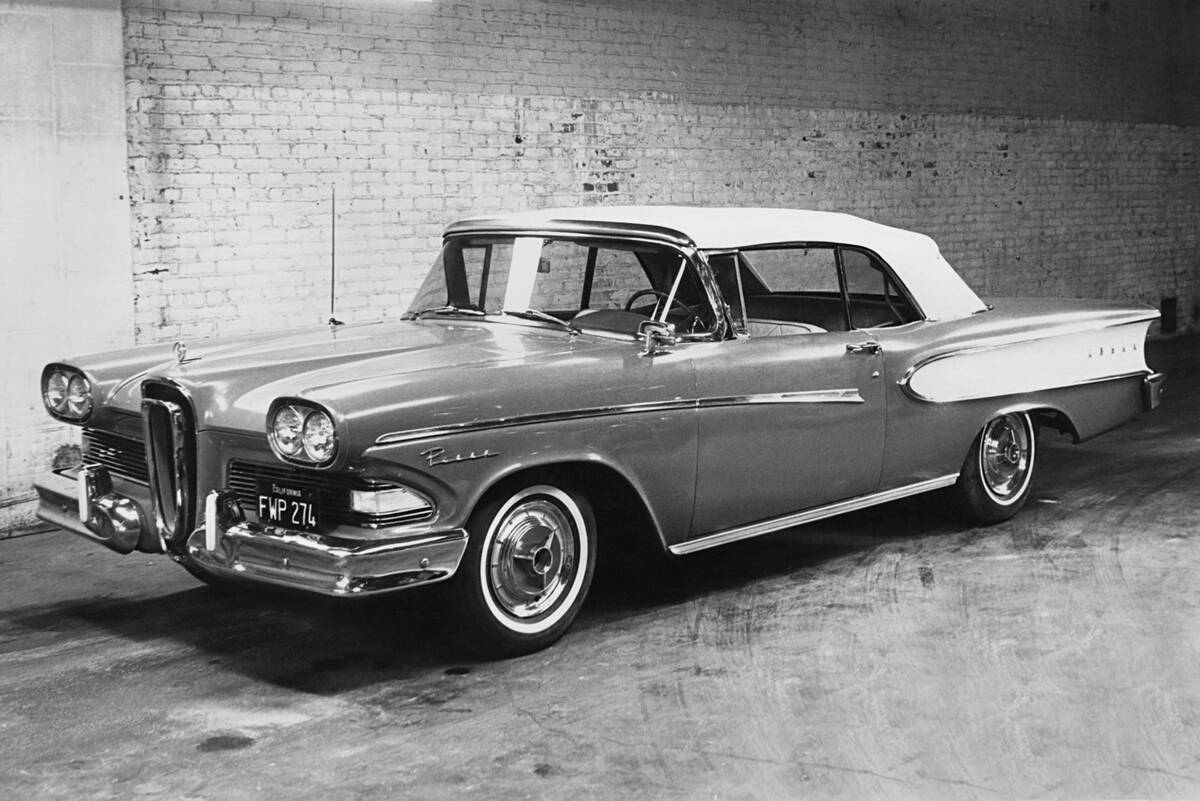
Ford’s Edsel, launched in 1957, was marketed as the car of the future but quickly became synonymous with failure. Despite a massive promotional campaign, the Edsel was criticized for its odd design and mechanical issues.
Consumers were unimpressed, and sales plummeted. The Edsel’s failure cost Ford $250 million, a huge sum at the time. It serves as a cautionary tale of overhyping a product without understanding consumer needs or market trends.
The Millennium Bug: The Y2K Panic

The Y2K bug was a computer flaw that threatened to wreak havoc at the turn of the millennium. Fears of widespread system failures led to frantic efforts to update software worldwide. While minor glitches occurred, the anticipated chaos didn’t materialize.
Critics argue that the panic was overblown, while supporters claim the preventative measures worked. The Y2K incident underscores the challenges of technological transitions and the power of mass hysteria in shaping public perception.
The Segway Revolution That Wasn’t
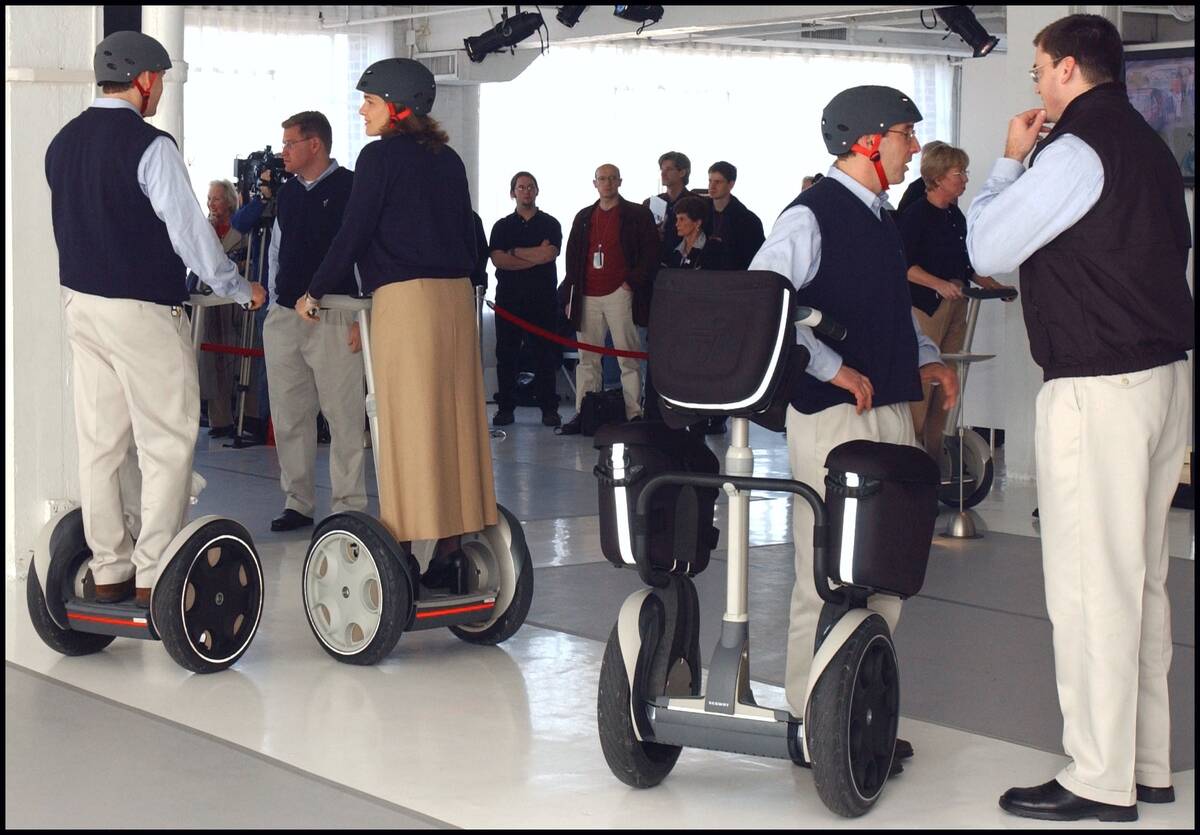
When the Segway was unveiled in 2001, it was touted as the future of personal transport. However, it never quite took off, mainly due to its high price and limited practicality.
While it found niche markets in tourism and law enforcement, the Segway failed to revolutionize transportation as predicted. Its story is a reminder that innovation alone isn’t enough; products must also meet consumer needs and fit seamlessly into their daily lives to succeed.
New Coke: A Refreshing Misstep
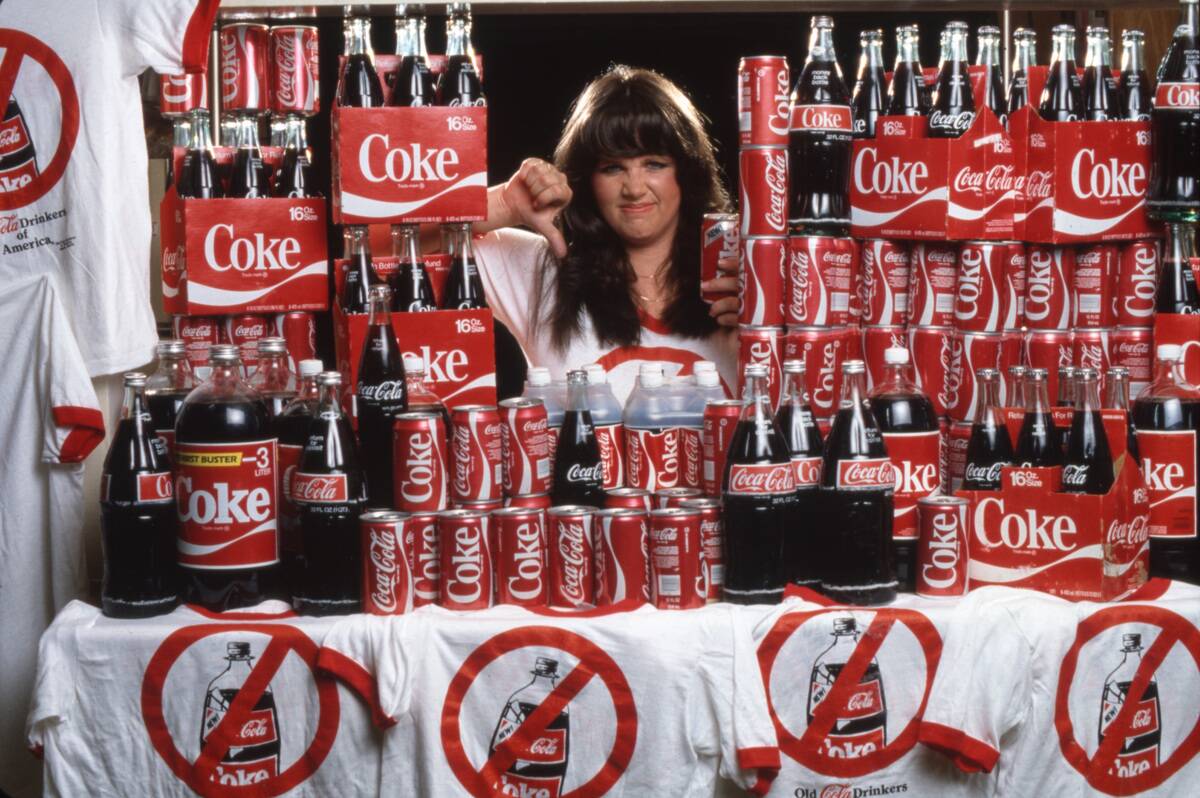
In 1985, Coca-Cola introduced New Coke, hoping to revitalize its brand and compete with Pepsi. The change sparked outrage among loyal customers, leading to a public relations nightmare.
Within months, the original formula was reinstated as Coca-Cola Classic. The New Coke debacle is a testament to brand loyalty’s power and the risks of changing a beloved product. It remains a classic example of consumer backlash and the importance of understanding your audience.
The DeLorean Dilemma: A Futuristic Flop
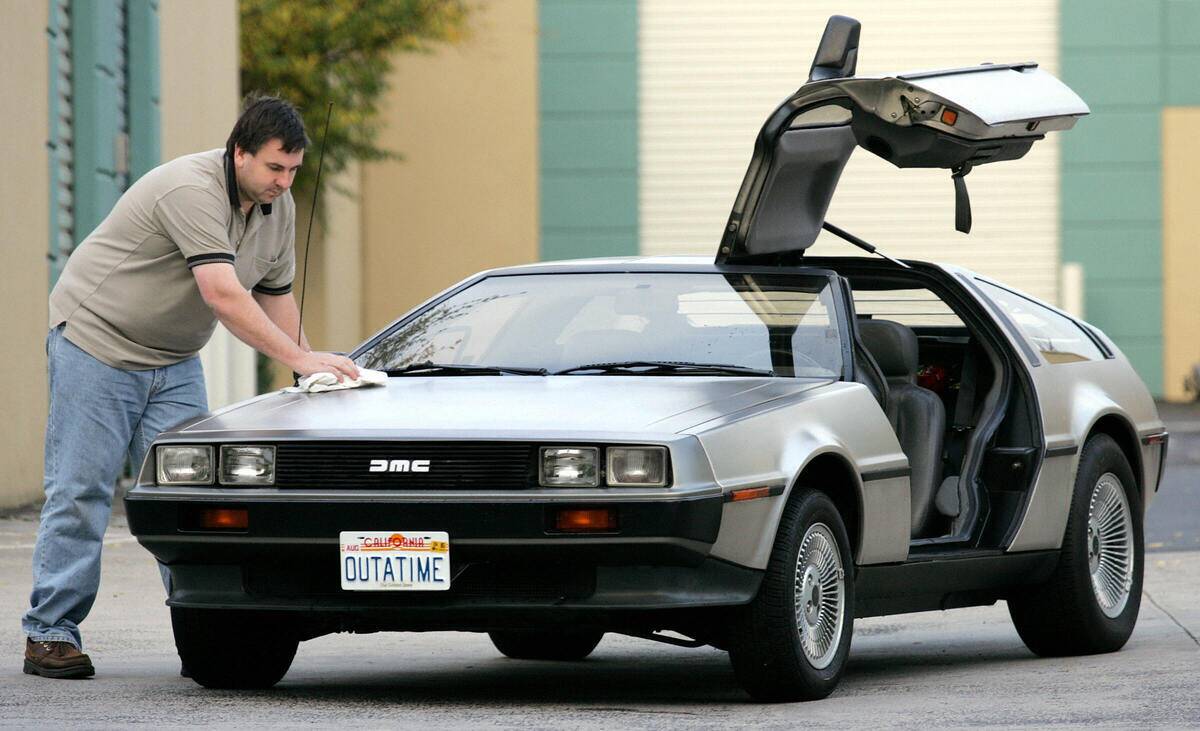
The DeLorean DMC-12, made famous by Back to the Future, promised a futuristic design with gull-wing doors but struggled with production issues and financial woes. Despite its iconic status today, the car was a commercial failure in the early 1980s.
The DeLorean’s story is one of ambition outpacing reality, highlighting the challenges of launching a new brand in the competitive auto industry. Its legacy endures, but its initial impact was less than stellar.
The Salem Witch Trials: An American Atrocity
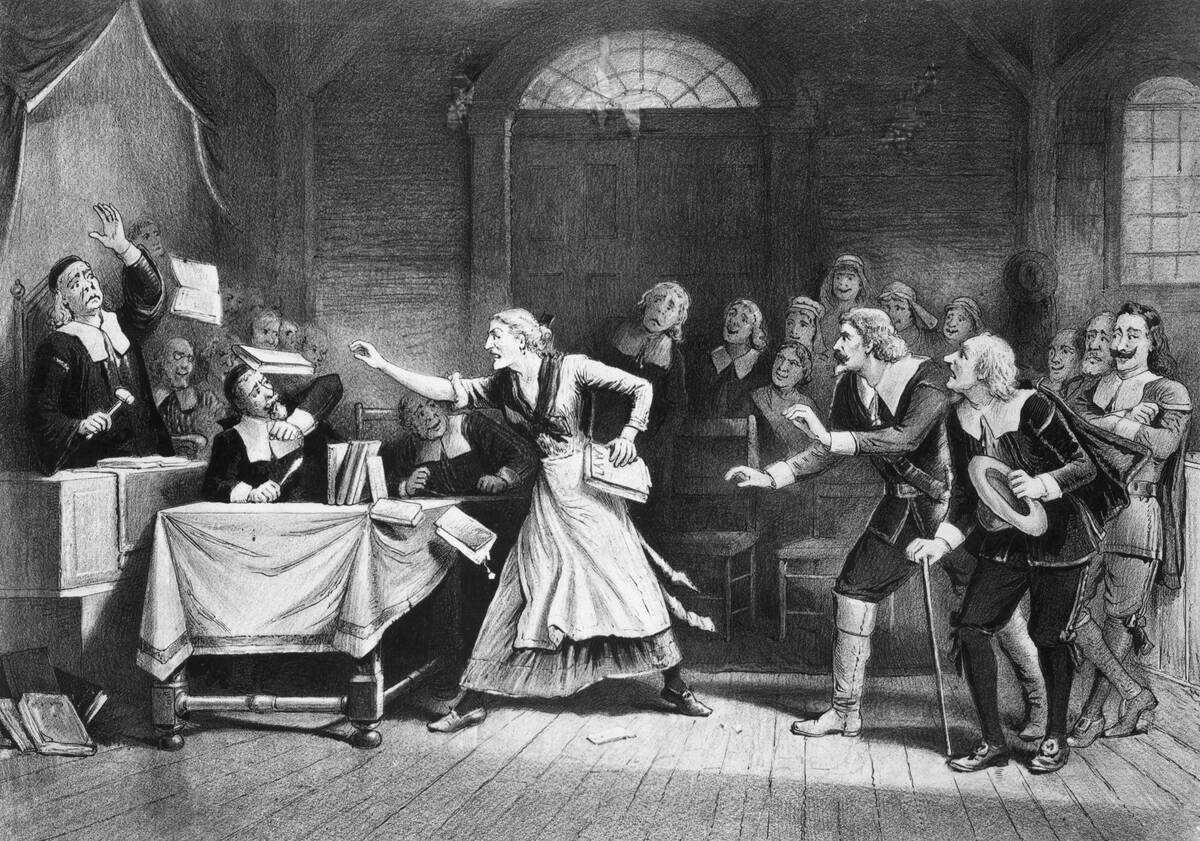
The Salem Witch Trials of 1692 were a dark chapter in American history, resulting from mass hysteria and paranoia. Twenty people were executed, and many others imprisoned on flimsy evidence of witchcraft.
The trials are now seen as a cautionary tale about the dangers of mob mentality and the importance of due process. They serve as a sobering reminder of how fear can cloud judgment and lead to tragic outcomes, even in seemingly rational societies.
The Lobotomy: A Medical Misstep

The lobotomy, a once-popular psychiatric procedure, involved severing connections in the brain to treat mental illness. It was widely used from the 1930s to the 1950s, but its effectiveness and ethical implications were highly questionable.
Many patients were left with severe cognitive and emotional impairments. The lobotomy’s decline came with advances in psychiatric medication and understanding. This procedure is now viewed as a grim reminder of the medical field’s misguided and biased attempts at treatment.
The Concorde: Supersonic Dreams Grounded

The Concorde, a supersonic passenger jet, promised to revolutionize air travel with its speed, cutting transatlantic flight times in half. However, high operating costs, limited passenger capacity, and environmental concerns grounded these dreams.
The Concorde retired in 2003 after over two decades of service. While it remains an engineering marvel, its commercial failure highlights the challenges of balancing innovation with practicality and sustainability in the aviation industry.
The XFL: A Football Fumble
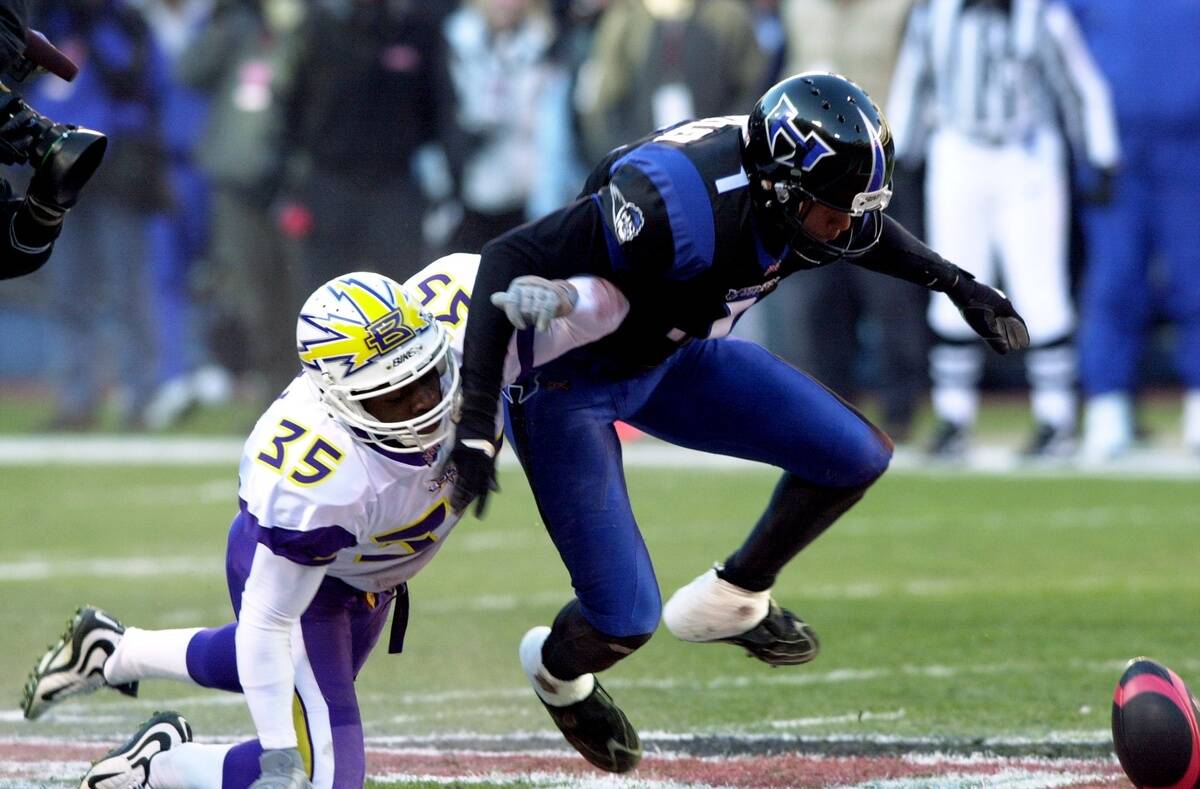
The XFL, launched in 2001 by WWE and NBC, aimed to be a more exciting alternative to the NFL, with unique rules and entertainment-focused elements. Despite initial high ratings, interest quickly waned due to lackluster gameplay and controversy.
The league folded after just one season. The XFL’s brief existence underscores the difficulty of breaking into established markets and the importance of delivering quality content over mere spectacle. It remains a case study in sports marketing missteps.
The Titanic: An Unsinkable Tragedy
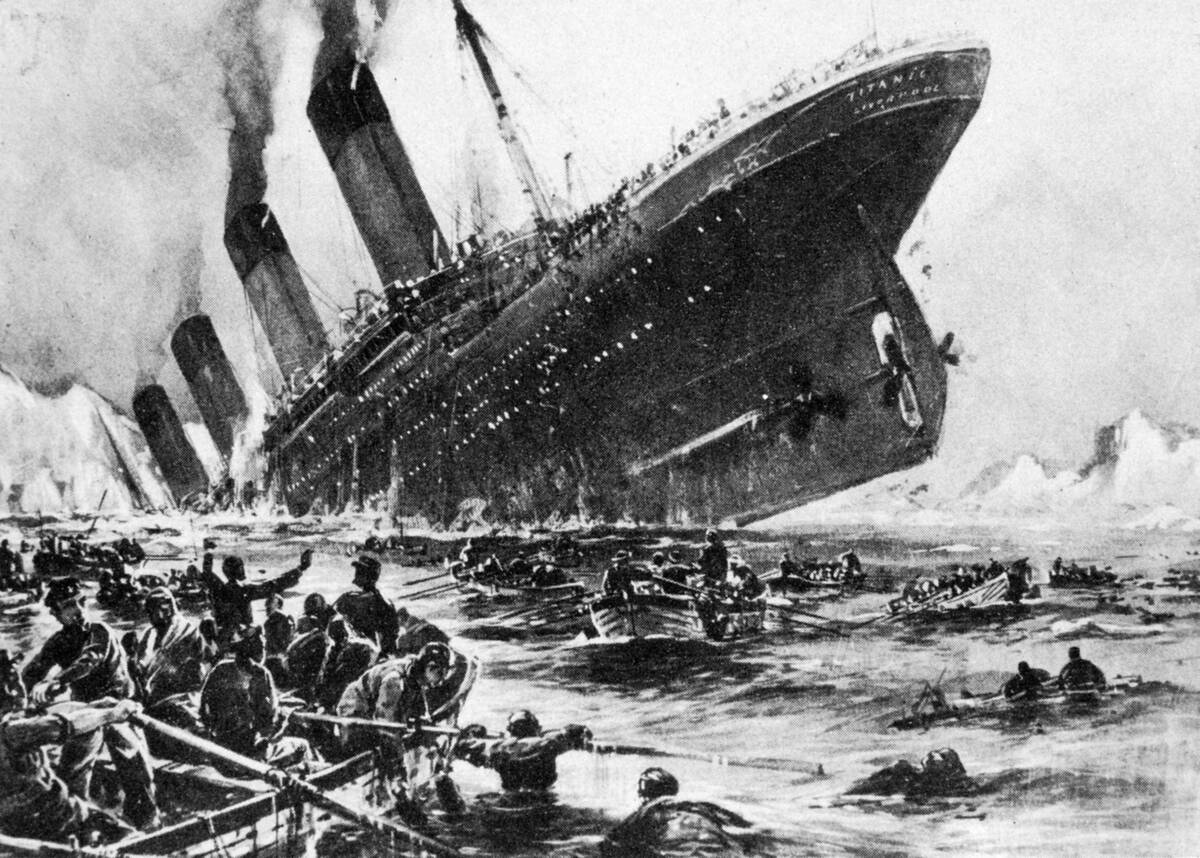
The RMS Titanic, deemed “unsinkable,” met a tragic fate on its maiden voyage in 1912 after striking an iceberg. Over 1,500 passengers lost their lives in the icy Atlantic waters. This disaster revealed shortcomings in safety regulations and lifeboat provisions, leading to significant changes in maritime law.
The Titanic’s story is a poignant reminder of human fallibility and the perils of overconfidence. Its legacy lives on as a symbol of hubris and unpreparedness.
The Pet Rock Phenomenon: A Rocky Investment

In 1975, the Pet Rock became a bizarre yet wildly successful fad. Marketed as the perfect low-maintenance pet, these ordinary rocks sold for $3.95 each, complete with a cardboard box and care instructions.
The craze was short-lived, but creator Gary Dahl made millions. The Pet Rock phenomenon highlights the unpredictable nature of consumer trends and the power of clever marketing. It’s a quirky chapter in retail history, proving that sometimes, the simplest ideas can rock the world.



